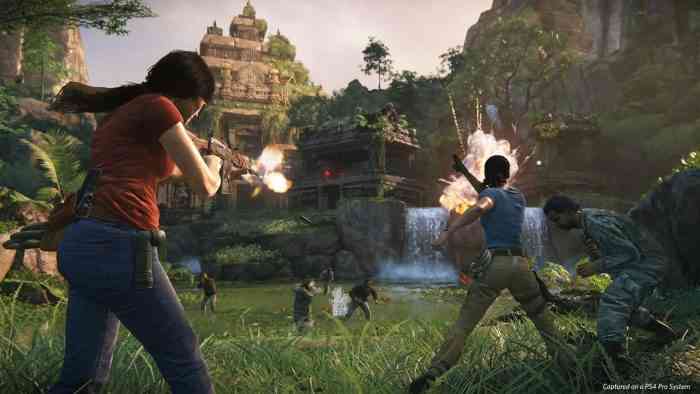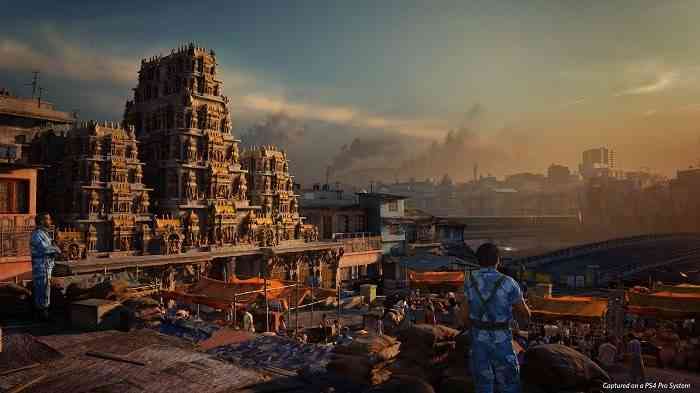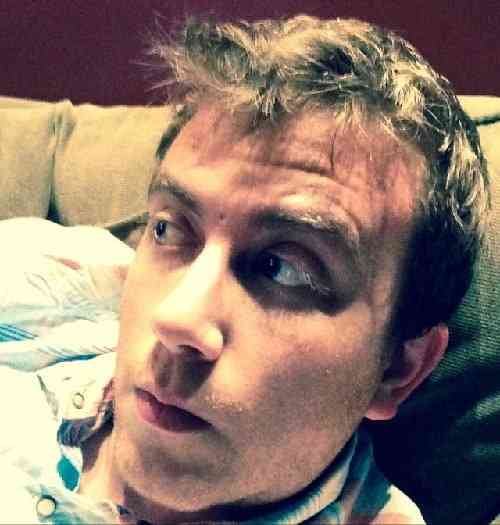Interview With Uncharted: The Lost Legacy Developers
Uncharted: The Lost Legacy is a very good game. It was released on August 22nd, and after completing the entire campaign, I’m confident fans of the series will be impressed. It maintains the feel of the games that came before it, while simultaneously doing some cool things the series has never done. Check out our review for more on that.
Naughty Dog graciously loaned me the game’s director, Kurt Margenau, and its lead designer, James Cooper, so I could ply them for information about the game’s development. Our time was brief, but I was able to glean quite a bit about their process and goals for The Lost Legacy.

In the wake of Uncharted 4’s release, Naughty Dog promised to create a significant piece of single-player DLC content. According to Margenau, the intention was to develop something along the lines of Left Behind, the highly praised (and award-winning) DLC follow-up to The Last of Us.
But what would that story look like? Margenau didn’t split hairs about it. “When we wrapped Uncharted 4, we realized, Nate’s story is done.” The team briefly considered a prequel or midquel (Uncharted 3.5 anyone?), but ultimately decided to take it in a different direction, taking the opportunity to explore other members of the cast. The team eventually landed on Chloe and Nadine as the leads. The natural tension between these two women — Chloe as the roguish, wisecracking treasure hunter and Nadine as the super-serious, focused soldier — would make for storytelling gold.

Some ideas from Uncharted 4 were left on the table, and the team wanted to implement them in this new chapter. As development proceeded, it became clear Naughty Dog’s goals were larger than any piece of DLC could hope to contain. Uncharted: The Lost Legacy had to be a standalone experience.
“The Western Ghats section in particular,” Cooper told me, “We built off the previous games’ approach to gameplay, which we call ‘wide-linear.’ We asked, what does it mean to create a player-driven experience in the Uncharted universe?”
That player-driven experience amounts to the biggest, most open area in Uncharted history. The Western Ghats is huge. It won’t compare to crazy-big worlds like Grand Theft Auto V or The Witcher 3, but for a series like Uncharted, it’s expansive. Chloe and Nadine have three main tasks to undertake in this section of the game, and those three tasks can be tackled in any order. “The core progression of the story plays out the same no matter which Ghats objective you go to first,” Cooper said. Having played the game, I can attest to that, and it’s very surprising how smooth and easy the dialog is modified to make sure the experience feels natural.

Beyond the critical path, there are several optional missions and puzzles to solve in the Western Ghats, with a tangible reward for completing them. It’s also a great chance to learn more about the characters. “We wanted to use this sequence as an opportunity to explore the relationship between the main characters,” Margenau said. Chloe and Nadine are in fact pretty vocal during this segment of the game. Their personalities shine through in the performances of the actors: Laura Bailey as Nadine and Claudia Black as Chloe.
A lot of work was put forth to ensure dialog flowed naturally regardless of what the player chose to do. For example, Chloe and Nadine might be in the middle of a conversation, when Nadine spots some enemies. The game rightly decides to let you know, via Nadine’s dialog, that enemies are nearby — from a gameplay perspective, that has to take precedent over the character development in that moment. However, once the enemies are cleared out and Chloe and Nadine resume their trip, the characters find their way back into the conversation they were having before they were interrupted. It all happens seamlessly, and more than once I was pleasantly surprised at how the developers handled this common problem in open world games. It was no easy task, either. According to Margenau, one designer was dedicated to making sure every piece of every conversation fit together, no matter how or when they were broken up by player action. It’s remarkable.
While neither Margenau nor Cooper wanted to comment about the future of the series — the team is moving on to assist in the development of The Last of Us Part 2 now — there’s a lot of promise contained in this game. If Naughty Dog, or another developer, continues down this path, creating ever more expansive worlds to explore and populating them with interesting characters and fun mechanics, Uncharted will survive, even thrive, without Nathan Drake.
